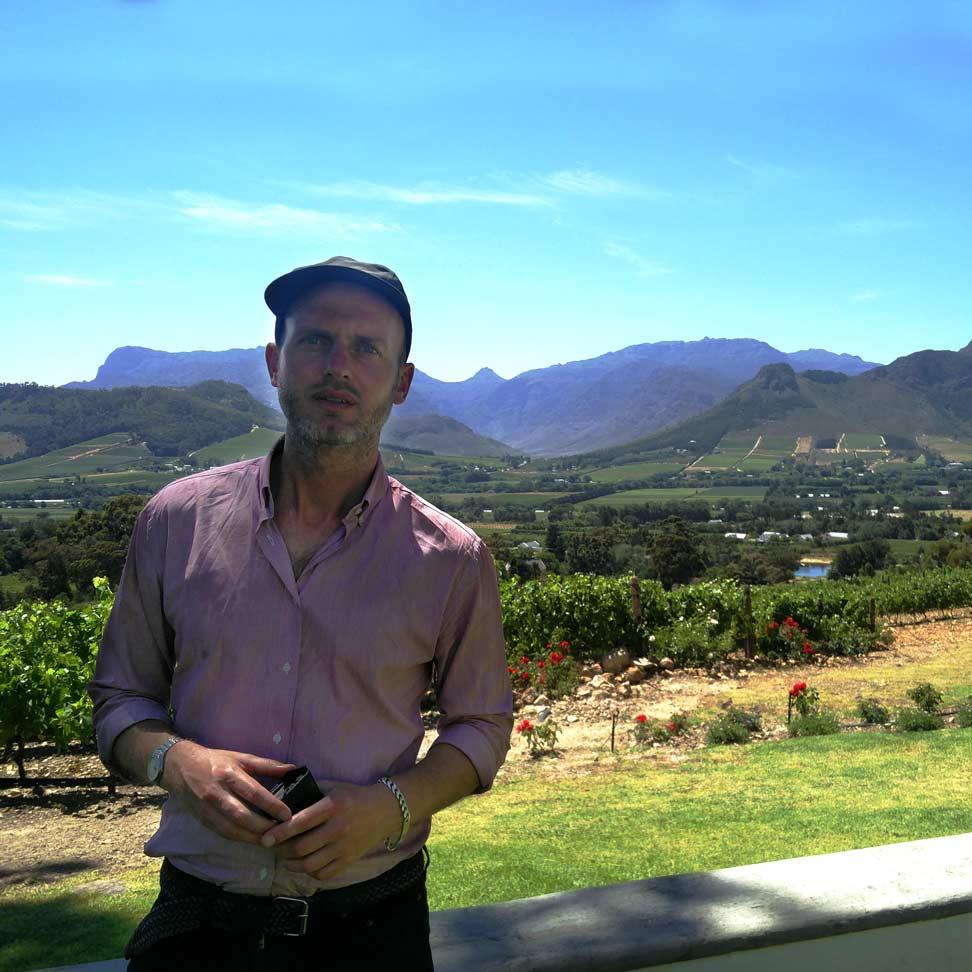We’ve teamed up with local writer and photographer Natalie Soysa who travels to the north of her island time after time. Here she tells us why she keeps going back to this part of the island which is still untouched by mass tourism.
The north is reawakening
Hopefully the new generation of northerners will experience peace and progress after decades of destruction © Natalie Soysa
Sri Lanka has been in the habit of selling the southern cliché for too long.
Coconut trees line the island and stretch for days, framing perfect sunsets. Beach bars, a string of street-side stores selling wildly colourful beach wraps and endless expanses of crowded beaches. But there’s much more to Sri Lanka.
A 30-year war kept a large portion of Sri Lanka’s north cut off from the rest of the island. This meant travellers didn’t get to have a complete Sri Lankan experience for a long time. But this isn’t the case anymore. After the war ended, the north has been rebuilding and ever so slowly, reawakening after decades of destruction.
The north isn’t marketed like the south and that’s a good thing. Here the old ways and old gods haven’t been pushed to the fringes yet. Life is a little simpler, the landscape richer and mostly unmarred.
Tuk tuk waiting for driver and passengers in Jaffna © prjctworld
You can’t ignore the manic construction and new buildings lining the towns, but don’t let that fool you. Northerners are a gentle sort; they go about at a meditative pace. There’s a kind of hush here that you won’t hear anywhere else.
The north is void of manicured offerings and you have no choice but to do as the locals do. Go elsewhere to pay for an experience, but come to the north to live it. Eccentricities, colour and curious ways come free of a price tag.
Beautiful mornings
Woman in sari looking at the rising sun © Natalie Soysa
The south is famous for its sunsets, but go to the north to experience fantastic mornings. Wake up early and take in the northern morning. Here days pass you by unhurriedly, as do the people.
Jaffna, this once great cultural epicentre of the north, comes alive from first light. Women strut about in saris coloured like tropical birds. Vegetarian eateries open early, bringing out batches of fresh vadai (savoury fried snacks) and thosai (crepes made from rice flour). Some of the best are prepared to perfection at the cheap and authentic Malayan Café, which can be found on 36 Power House Road in the market district.
Early morning chants boom through the eateries’ speakers, bringing both people and cattle to the door.
Labours of love
A craftsman in his workshop in Jaffna © Natalie Soysa
Things here are old-school and charmingly so.
The era of industrialism arrived a long time ago for the rest of Sri Lanka, but here the machine-made, mass-produced stuff is hard to find. Generations of craftsmen continue to forge statues, carve ornaments and craftwork best described as a labour of love.
The colourful wraps along the southern coast are replaced with vibrant mats and copper replicas of living gods. Drop into one of the workshops on a busy afternoon and watch the old men work. You don’t really need to know the language to enjoy the best bits.
Authentic accommodation
Just like with the guest houses Jaffna Public Library is a reminder of the colonial past
If you’re looking for luxuries and comforts, know that the north holds very few. The streets are dead by 8 at night and nightlife is a non-existent thing. Jaffna, the biggest city in the north, sports a 3D cinema mostly playing Tamil blockbusters.
A fancy hotel or two are thrown in for good measure, but authentic guest houses are found in abundance, slowly becoming a signature element of the Jaffna experience. With hints of vibrantly painted Portuguese architecture, these colonial accommodation options such as the family-run Sarras Guest House, come complete with gardens and skylights in the centre of the home.
Donkey business
Donkeys and humans live side by side on Mannar Island © Natalie Soysa
If you’re looking to tick off a lifetime of donkey viewing in a matter of minutes, come to Mannar Island. Sitting off the north-west coast, the island is cluttered with people living in boisterously colourful homes. Here, Sri Lanka is also at its closest proximity to India, both nations forever connected by a bridge of mythic proportions as told in the ancient Sankrit epic called Ramayana.
But back to this donkey business. Brought here by Arab traders in the age of the spice route and used to carry exotic goods to and from inland towns, donkeys played a pivotal role in giving Ceylon – Sri Lanka’s name during the British rule – its status as a crucial location for international trade throughout history. Eventually, the donkeys were abandoned, creating a new resident population in the area. You’re bound to find hundreds of stray cats, dogs and cattle across the island, but in Mannar, the strays tend to bray.
Island hopping
Kids swimming in Keerimalai Hot Springs © goozey
Mannar isn’t the only island attached to the north. The Jaffna Peninsula alone is home to a smattering of islands with names that give away the region’s diverse history. On Nagadeepa you will see worshippers gather at the ancient Buddhist temple, Keerimalai on the peninsula is famous for its hot springs pool, literally located on the edge of the ocean. Then there is Karaitivu with its beautiful, long sandy Casuarina Beach and of course, the remote Delft Island populated by wild horses.
Spend each day on a different island if you can. Each are home to old temples and even older ways of life. Hindu temples sit side by side with Portuguese forts, people work in salterns under the heat of a sweltering sun and the heat continues for days and miles around. But for every afternoon heat spell, there comes an early morning air that helps you forget the day before.
Palmyra landscapes
A silhouette of Palmyra trees © Natalie Soysa
The first thing you’re bound to notice about the landscapes of the north are their alien quality. The further you travel the more you’ll notice endless lines of coconut trees give way to a myriad of Palmyra silhouettes that shape an otherwise bare panorama. Locals make as much use of the Palmyra tree as the southerners do with coconut. Its fruit, stems, sap and leaves are used to manufacture several products from confectionaries to handbags – and a heady local called toddy, which is a speciality of the north.
A personal paradise
A northerner attending a Hindu festival © sabrinavancleefault
You don’t come to the north for anything obvious. In fact, you come here to escape it and what you get is a truly unique experience. To ignore the history of this part of the country that was ravaged to the bone for three decades would be to do it injustice. The scars from the war between the LTTE and Sri Lankan government still remain. But the northerners endure. In fact, they rise. Northern Sri Lanka is not a group tour sort of destination, this is where you come, one at a time or two by two. Here, paradise becomes a personal thing, where you immerse yourself in beauty and authenticity on arrival.
Getting to Jaffna from Colombo
From Colombo, you can go by road to Jaffna (around 12 hours), by rail ( around 9 to 10 hours) or take a commercial flight from Ratmalana Air Force Base to Palaly Air Force Base close to Jaffna.


